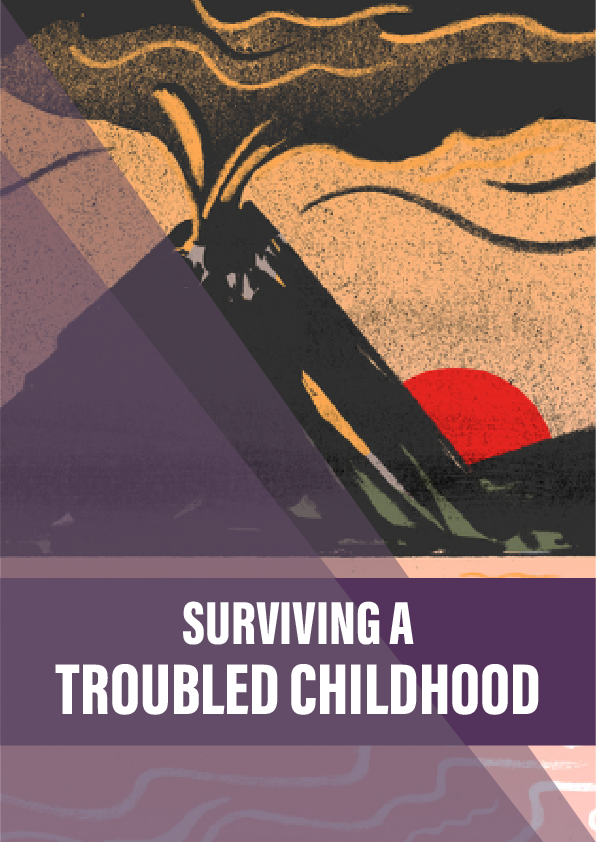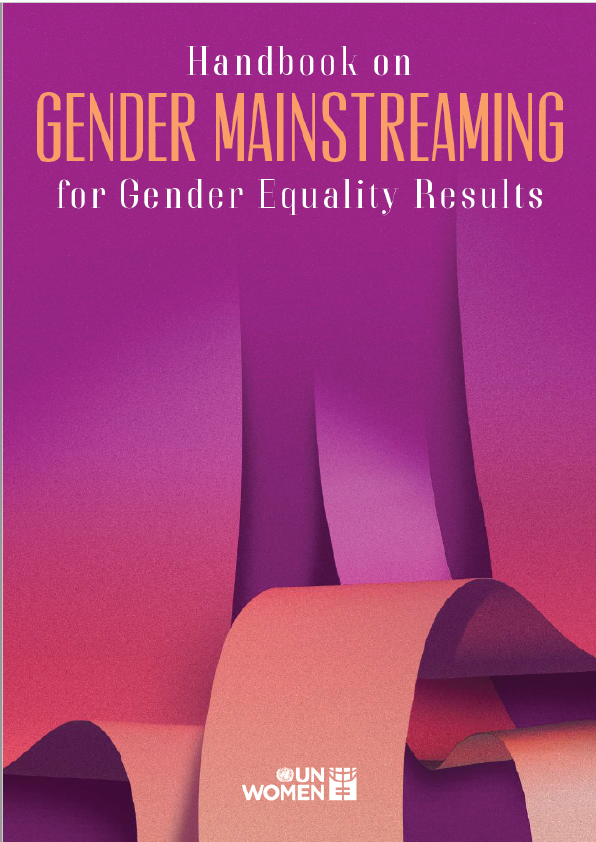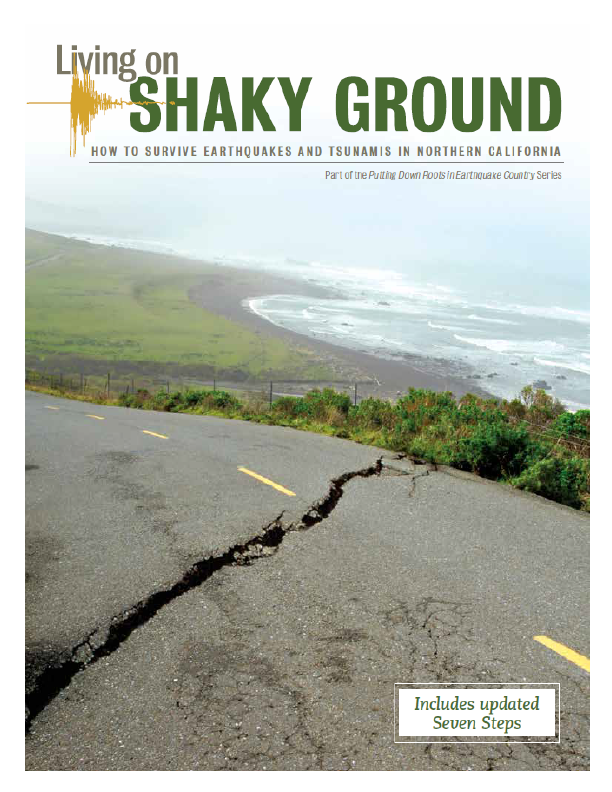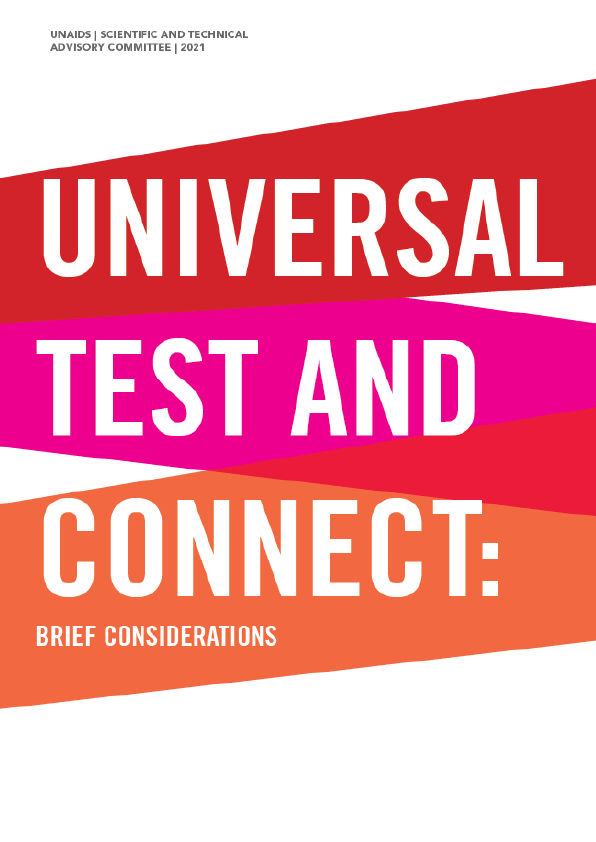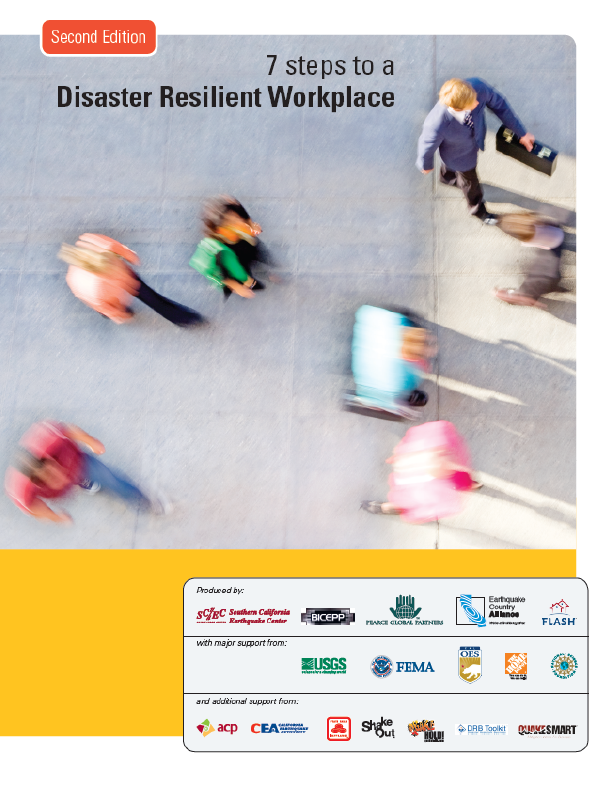Why are some people able to become happy, well-adjusted adults even after growing up with violence or neglect? Their life stories – from 1950s Hawaii to the orphanages of Romania – could provide answers that will help more children to thrive. By Lucy Maddox.
The landscape of the Hawaiian islands is as idyllic as a postcard: long, sandy beaches, hibiscus flowers, clear waters of tropical fish and coral reefs. When you arrive at the airport the air is warm and ukulele music is piped out at you. Flower garlands are for sale.
There are hundreds of islands in the Hawaiian archipelago, spread over 1,500 miles in the central Pacific Ocean. The eight main islands include Kauai, Maui and the island of Hawaii, nicknamed The Big Island to differentiate it from the whole state. The Big Island has a live but well-tempered volcano, which has created a dream-like landscape of black rock. Hawaiian myths explain the weird natural features including the tiny, tear-shaped lava rocks that lie all around on the volcano’s sides, named “Pele’s tears” after the Hawaiian fire goddess. The legend has it that if you take any of Pele’s tears away with you, you will be cursed for the rest of your life, unless you return them to where they belong. In the midst of all the beauty, Hawaii has some dark and sinister stories.
Mirena*, who is now 60, was born on the island of Kauai. I meet her on Skype: me in my sitting room in the evening, the English weather dark outside; her in the office where she works at a local school, early in the morning, the light bright and palm trees visible from the window. Mirena is a charismatic woman who speaks with passion. She comes across as warm, caring and professional, and her silver earrings flash against her dark, short hair. Mirena remembers a Hawaii from before the tourism boom, growing up playing in the red Anahola dirt, running through the cane fields. She recalls the simplicity of much of the lifestyle then, the excitement when the first stop light was erected for the cane field trucks, with children walking across the island to go and look at it.
Despite the setting, Mirena’s childhood was far from a paradise. “I saw things…” she says. “I saw things children shouldn’t see.”
Reference:
- Resilience and recovery is an accessible article written by one of the original researchers on the Kauai study.
- Eamon McCrory and his colleague Essi Viding’s 2015 paper, The theory of latent vulnerability: reconceptualizing the link between childhood maltreatment and psychiatric disorder, examines the involvement of neurocognitive systems in latent vulnerability to mental health problems.
- John Bowlby’s classic trilogy on the concept of attachment comes in three volumes: Attachment, Separation and Loss.
- Why Love Matters: How affection shapes a baby’s brain by Sue Gerhardt is an easy-to-read book on the impact of early attachment on later functioning, which includes some very clearly described neuroscience.
- In a five-minute film, Relationships and Resilience, Michael Rutter discusses the science of resilience.
- Inside Resilient Children is a 20-minute film of Ann Masten, a major player in the field, talking about the “everyday magic” of resilience.
- To get you feeling the Hawaiian atmosphere while you read, listen to the late Hawaiian star Israel Kamakawiwo’ole’s version of Somewhere over the Rainbow and What a Wonderful World.
